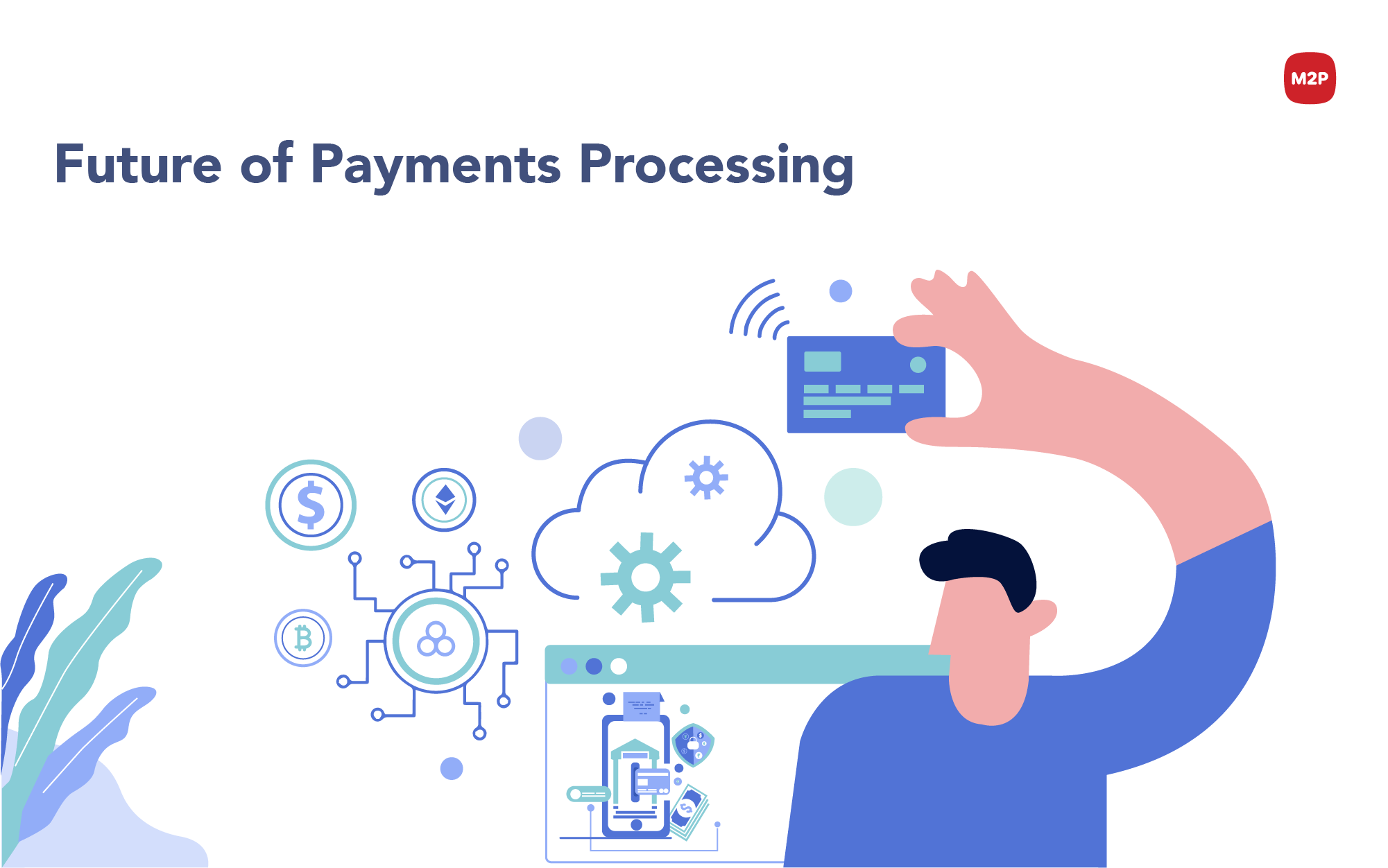Inquiry Form


The landscape of financial transactions is undergoing a paradigm shift with the increasing adoption of digital payments. As technology continues to advance, the future of digital payments promises a transformative experience characterized by enhanced security, seamless transactions, and innovative solutions. In this blog post, we will delve into the evolving world of digital payments, exploring the key trends, advancements, and the potential impact on the way we conduct transactions.
Mobile wallets have emerged as a cornerstone of the digital payments ecosystem, offering users a convenient and secure way to store payment information. The future sees an accelerated adoption of mobile wallets, driven by the widespread use of smartphones and the desire for contactless transactions. This shift reduces reliance on physical cards, streamlining the payment process and enhancing user experience.
Blockchain technology, known for its decentralized and secure nature, is influencing the future of digital payments. Cryptocurrencies, such as Bitcoin and Ethereum, powered by blockchain, provide an alternative to traditional currencies. The transparency and immutability of blockchain transactions contribute to enhanced security, reducing the risk of fraud and ensuring the integrity of financial data.
The future of digital payments places a strong emphasis on security, and biometric authentication is at the forefront of this endeavor. Fingerprint recognition, facial recognition, and iris scanning offer a more secure alternative to traditional PINs and passwords. Biometric authentication not only enhances security but also contributes to a seamless and frictionless payment experience.
The Internet of Things (IoT) is revolutionizing the way devices interact, and it is poised to play a significant role in the future of digital payments. Smart devices, from refrigerators to wearable gadgets, can initiate payments autonomously. This integration streamlines the transaction process, making it more efficient and seamlessly integrated into the user's daily life.
Artificial Intelligence (AI) and Machine Learning (ML) algorithms are becoming integral components of digital payment systems. These technologies analyze transaction patterns, detect anomalies, and enhance fraud detection mechanisms. AI also contributes to personalization by understanding user behavior, offering tailored recommendations, and optimizing the overall user experience.
User Experience (UX) design is a critical aspect of the future of digital payments. As users demand more intuitive and visually appealing interfaces, designers are focusing on creating seamless, user-friendly experiences. Intuitive navigation, clear information presentation, and responsive design contribute to a positive user experience, encouraging greater adoption of digital payment methods.
Open Banking initiatives, facilitated by Application Programming Interfaces (APIs), are reshaping the financial landscape. The future of digital payments involves increased collaboration between traditional banks and FinTech companies. APIs enable secure data sharing, leading to a more interconnected financial ecosystem where users can access a broader range of services through a single platform.
The future of digital payments is not confined by borders. With advancements in technology, cross-border payments are becoming more accessible and efficient. Cryptocurrencies and blockchain technology play a pivotal role in facilitating global transactions, eliminating the need for intermediaries and reducing transaction costs. This globalization of digital payments opens new opportunities for businesses and consumers alike.
While the future of digital payments holds immense promise, it is not without challenges. Security concerns, regulatory complexities, and the need for standardization pose hurdles to widespread adoption. Additionally, addressing issues related to inclusivity and ensuring that digital payment solutions are accessible to all segments of society is crucial for a sustainable and equitable financial ecosystem.
As we explore the future of digital payments, it is evident that the landscape is evolving rapidly, driven
by technological innovations and changing consumer preferences. The convergence of mobile wallets,
blockchain, biometric authentication, and AI is reshaping the way we conduct financial transactions. The
emphasis on security, seamlessness, and enhanced user experiences is paving the way for a cashless future
where digital payments become the norm rather than the exception.
For businesses and consumers alike, staying abreast of these trends and embracing the evolving technologies
is essential. As the digital payment ecosystem matures, it has the potential to foster financial inclusion,
streamline transactions, and contribute to a more interconnected global economy. The future is secure,
seamless, and promising as we navigate the transformative journey towards a digital-first financial
landscape.